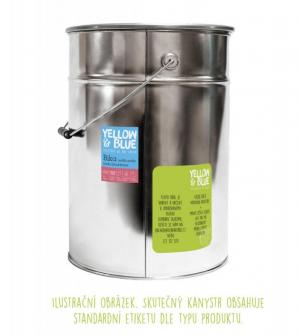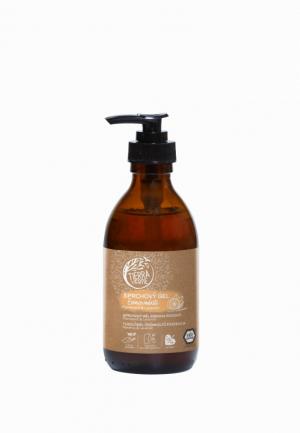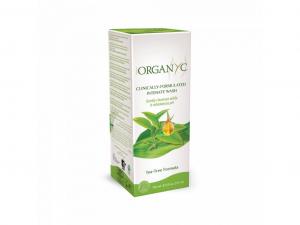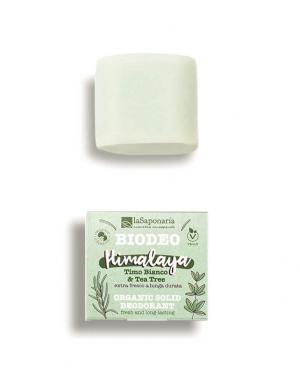Cress (Lepidium sativum)
Other names: garden cress, chandrashur/chandrashoor, Nasturtium sativum, Thlaspi sativum
Harm score: 1 (Natural substances)
Watercress (Lepidium sativum), also known as garden cress, chandrashur/chandrashoor, Nasturtium sativum or Thlaspi sativum, is a plant belonging to the Brassicaceae family. This annual plant is native to south-west Asia but is now cultivated all over the world. It is most commonly found in fields, fieldsides, roadsides and in parks and gardens, where it is cultivated for its aromatic leaves. Its tall growth of up to 50 cm, with small white flowers and rounded lobes, gives a unique appearance to the landscape.
The uses of watercress are manifold. It is popular for its specific bitter taste. Its distinctive sharp flavour is best in salads and is a suitable ingredient for spring and summer dishes. It is recommended to add it to a dish just before serving to retain as much of its typical flavour and aroma as possible. Fans of hot flavours also often use it in spicy sauces or soups. It is also used as an herb in various products - it can be found in fresh and dried herb mixtures, herbal teas or crown spirits. Watercress is a rich source of vitamins and minerals, especially vitamin C, calcium and iron. It has been used in Eastern medicine for centuries to treat a variety of ailments including asthma, bronchitis, rheumatism and haemorrhoids.
You won't find this substance in our products. Try the natural, chemical-free products in our range.

BIKA - Baking soda (Bikarbona) (15 kg bucket)
Product detail
Essence of Joy Shower Gel (230 ml)
Product detail
Bio shower gel for sensitive skin and intimate hygiene with tea tree, 250 ml
Product detail
Nettle shampoo for oily hair with rosemary (230 ml)
Product detail
Children's wet wipes for gums and teeth (25 pcs)
Product detail